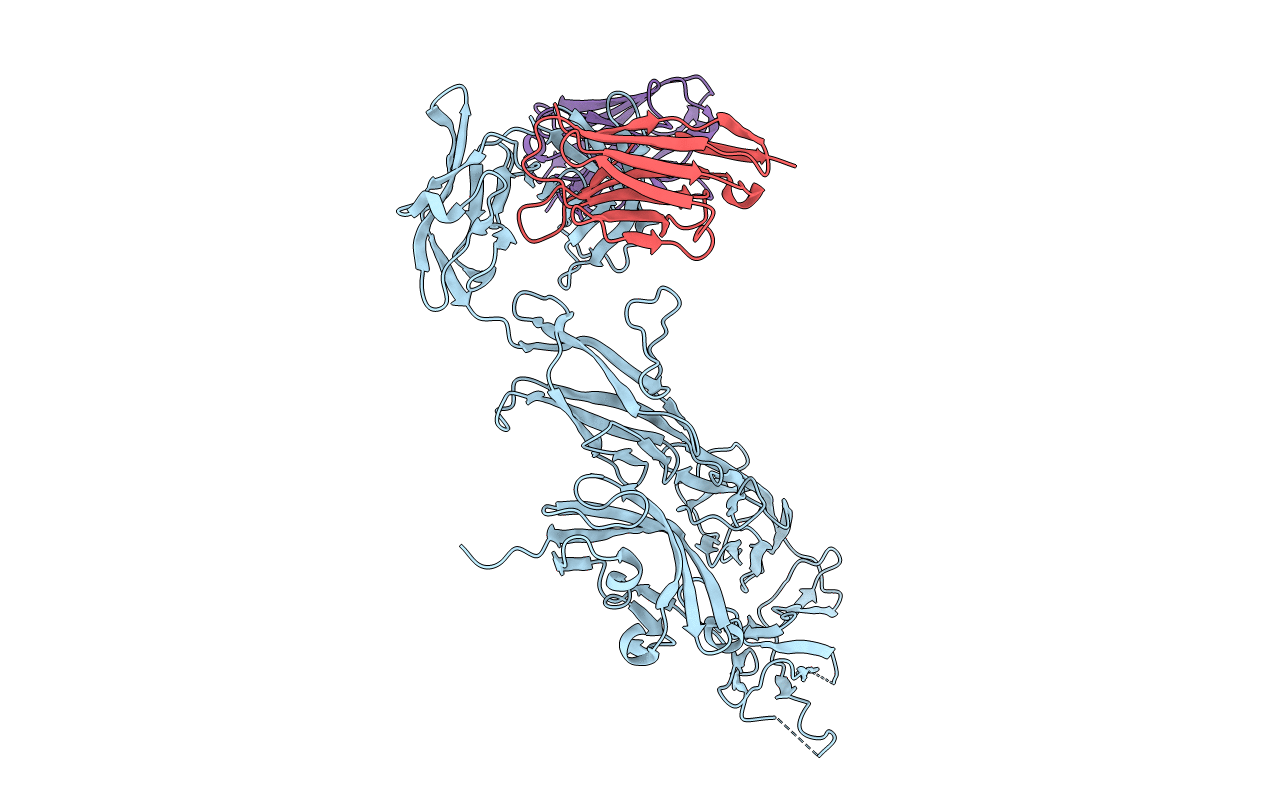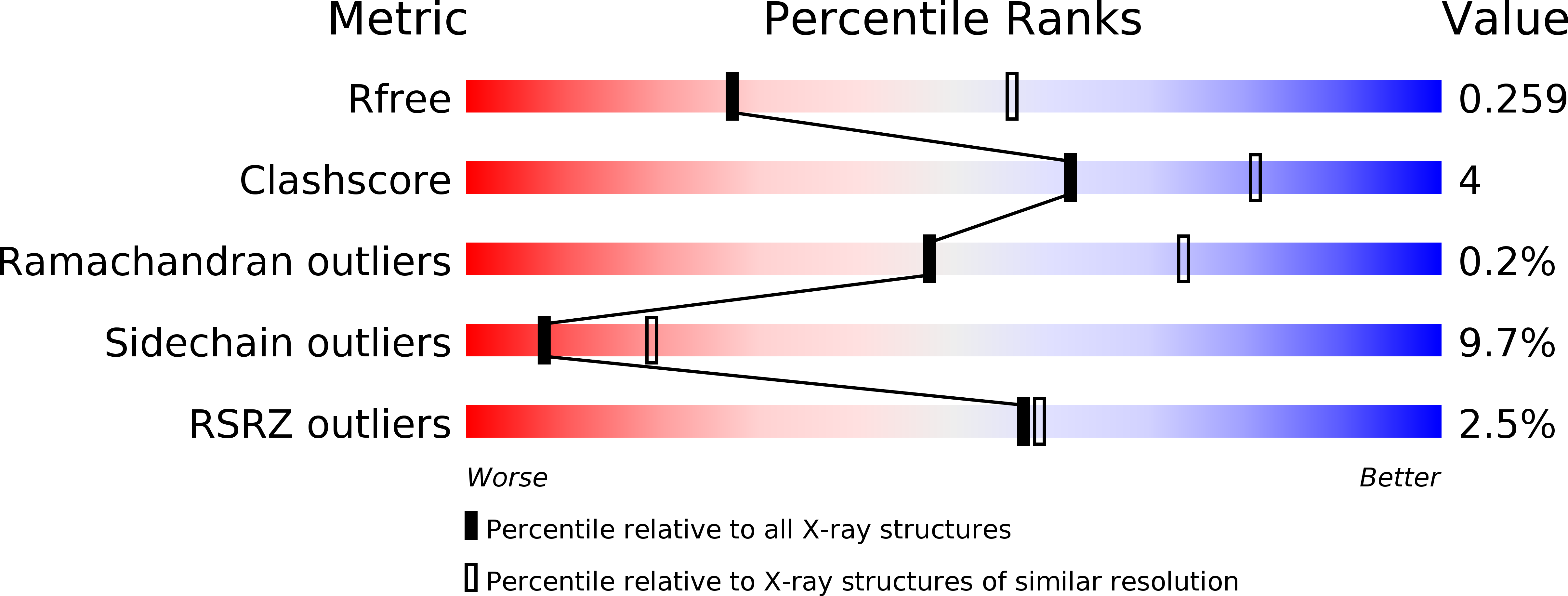
Deposition Date
2018-08-29
Release Date
2019-07-24
Last Version Date
2024-10-23
Entry Detail
PDB ID:
6HHU
Keywords:
Title:
Structure of the Bacillus anthracis Sap S-layer assembly domain
Biological Source:
Source Organism:
Bacillus anthracis (Taxon ID: 1392)
Lama glama (Taxon ID: 9844)
Lama glama (Taxon ID: 9844)
Host Organism:
Method Details:
Experimental Method:
Resolution:
2.70 Å
R-Value Free:
0.25
R-Value Work:
0.18
R-Value Observed:
0.19
Space Group:
C 2 2 21


